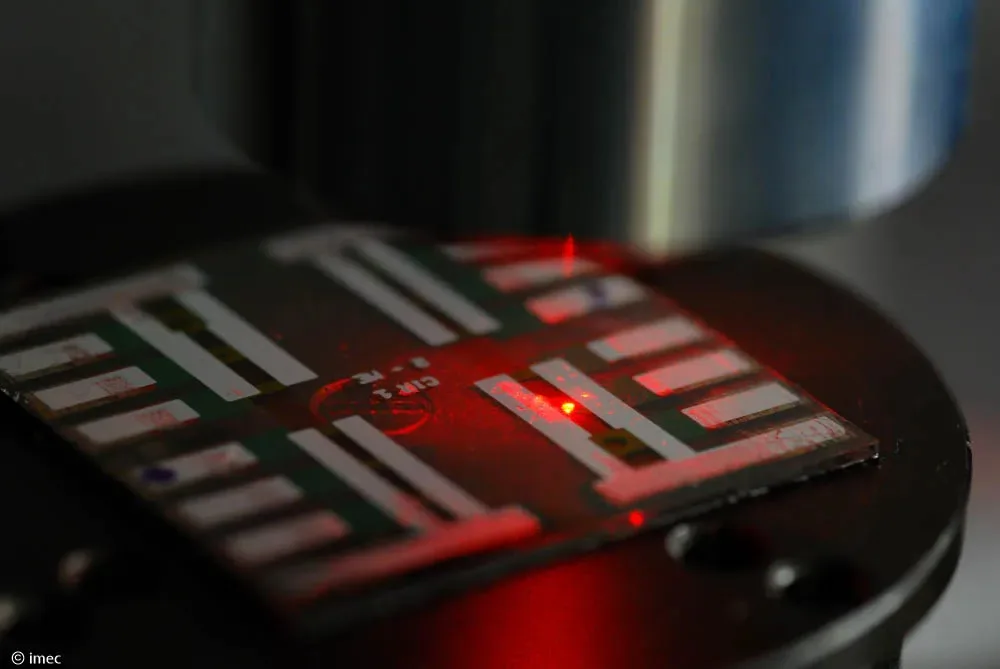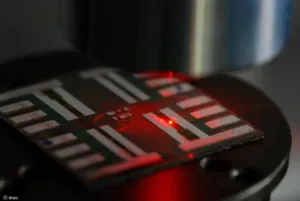Imec, a research hub specializing in nanoelectronics and digital technologies, has published a study in Nature Photonics this month detailing the development of a new type of perovskite LED (PeLED) stack. This new LED technology is reportedly capable of emitting light at a brightness level a thousand times greater than current OLEDs. This advancement is a significant step towards creating a perovskite-based injection laser, which could have potential uses in various fields including image projection, environmental sensing, and medical diagnostics.

Perovskites, a type of material with a specific crystal structure, have been explored for their optoelectrical properties, affordability, and efficient charge transport. These features have made them candidates for light emission applications in the past decade, extending their use beyond solar cells. The research conducted by Imec under the ULTRA-LUX project, led by Prof. Paul Heremans, demonstrates a new PeLED architecture designed to operate at significantly higher electrical current densities than traditional OLEDs, potentially up to tens of thousands of times higher.
Robert Gehlhaar, the project manager at Imec, explained that the new architecture enhances amplified spontaneous emission by combining electrical injection with traditional optical pumping. This approach indicates that electrical injection contributes notably to the overall stimulated emission, suggesting progress towards achieving a thin-film injection laser.
Reference
Elkhouly, K., Goldberg, I., Zhang, X. et al. Electrically assisted amplified spontaneous emission in perovskite light-emitting diodes. Nat. Photon. (2024). https://doi.org/10.1038/s41566-023-01341-7

